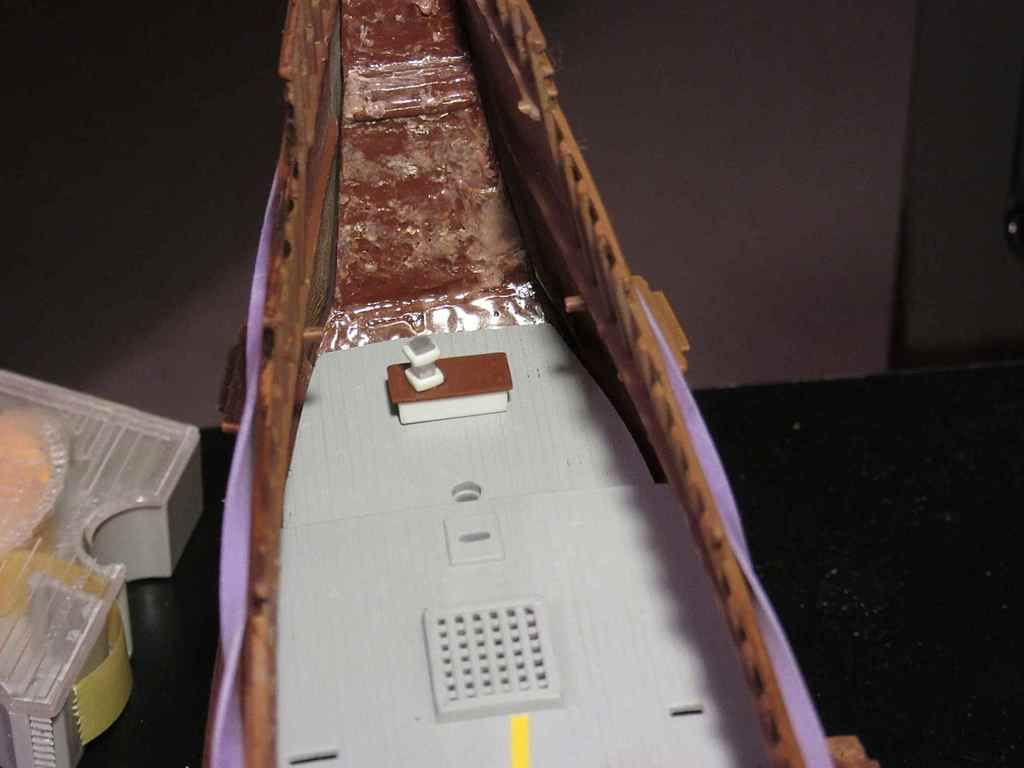The worm has turned
Well...the worm has turned. Our weather has finally turned for the better and this turn has kept me from working on my faithful little friend the Mayflower. Even though there are beautiful blue skies and warm temps today calling out my name, I thought that I should make a push for some progress here.
Here is how my lantern looks along with the table. I drilled a hole through the table top, then carefully filed four corners in the hole so that the light pipe will slide through snugly, minimizing light leakage through gaps.
As you can see the lantern is pretty out of scale with the table. My other option was to scale up the table so that the two are in sync. If I do that though, then both would be out of scale with the ship.
There are limits to what I can pull off. The light pipe that I used is the smallest that I could find. In truth, if I had found one smaller, I doubt that it would produce enough light to make the venture worthwhile. With that in mind I had opted for this.
One must use their imagination a little. Maybe its a magic lantern device similar to the flux capacitor used in Emmet Brown's Delorean. Thusly, the device makes my Mayflower ship a time machine. Wouldn't that be cool...


Below: Test fitting the table on my scrap hulk. Notice the melted look to the backside of the transom. You remember my Sculpey Clay story don't you? This is what it did to it. I am pretty sure that if I had left the transom on the clay for another few months that it would have melted completely.

Factoids
1. I angled the lantern intentionally. I thought it better to make it look like it was set down haphazardly. Also, I have offset the lantern making room for maybe a map, or other.
2. If you look closely at the lamp you can see what looks like a bubble inside of it. This inclusion, is I believe, a manufacturing defect. What is curious is that when all is said and done, the bubble aligns perfectly with where a candle would sit. In a way, it mimics the internal mechanism of the light source. It is a happy accident.
3. The lantern that I made is very loosely designed after the lantern used in the TV series I had posted on many weeks back. The image is below.
4. The brightest section of the light pipe is at the very top, when looking at it straight on. It is designed to operate that way for the electronics industry. That portion of the pipe would be the exit point through a panel. For my project, I tested it two ways. One with covering the top leaving only the light coming out the sides. And secondly, I tested it with light coming out of both sections. What I have found is that there is enough light coming out of the sides only option. That means that I can paint over the top. That's good because that's in keeping with the actual lantern having a non-translucent top.

I painted the table today using a base color of brown. I still need to do some brush painting to add some depth and hopefully some realism to it. I also need to paint the top and bottom of the lantern.
I will do another update when that is all done.